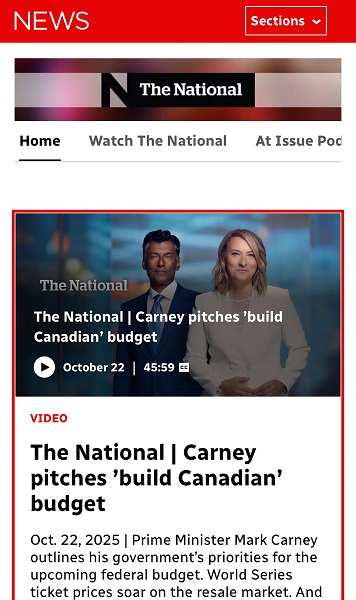Alberta
Location for Red Deer Recovery Centre revealed. First clients will be accepted late this year.
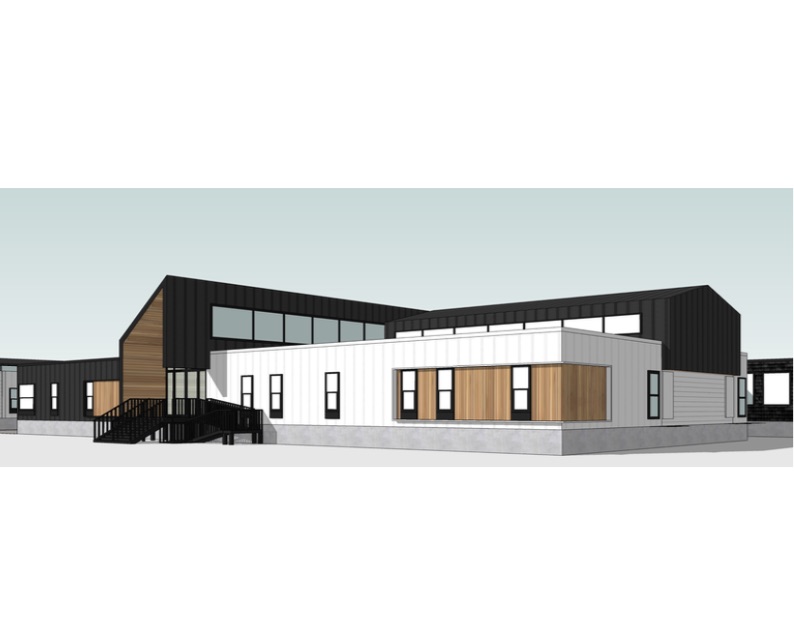
News Releases from the Province of Alberta and the City of Red Deer
Red Deer recovery community moving ahead
A 10-acre parcel of land in north Red Deer will be the new home of the 75-bed recovery community.


Alberta’s government and the City of Red Deer worked together to pick the location within the Chiles Industrial Park, directly adjacent to Highway 2A. Construction of the recovery community is anticipated to start this fall.
“Supporting people to find their path to long-term recovery remains a commitment of our government – but we can’t reach this goal alone. Thank you to the City of Red Deer for their dedication to working together to find a site that considers the needs of those seeking support, businesses, local residents and the community as a whole.”
“Thanks to the work of officials at Alberta Infrastructure, in partnership with the City of Red Deer, we are another step closer to having a new home to better support Albertans suffering from addictions on their path to recovery.”
Recovery communities, also known as therapeutic communities, are a form of long-term residential treatment for addiction and used in more than 65 countries around the world.
“The identification of the location of the future therapeutic community marks an important next step towards a solution to many of the health and social challenges our community has contended with for years due to lack of comprehensive health and social infrastructure and programming in our city and region. This project will help respond to the long-standing need for local residential addictions treatment to help address community impacts of the national drug crisis.”
“This announcement means we are one step closer to adding this life-saving support to our community. While new to Alberta, recovery communities have proven to be effective in helping individuals reach long-term addiction recovery. I look forward to the positive difference this new support will have.”
“Addictions have the capacity to disconnect our wills and rob us of the power to decide, inflicting suffering on ourselves, our families and communities. I’m proud to be part of a government focused on supporting Albertans seeking to become free from addictions. Recovery communities are special places, where individuals love and serve each other in their individual journeys to recovery. These are places of miracles, blessing and healing our neighbours, families and communities. This is very exciting news!”
Alberta’s government is committed to a recovery-oriented system of care that provides easy access to a full continuum of services. A $140-million investment over four years is supporting the addition of new publicly funded treatment spaces; the elimination of daily user fees for publicly funded residential addiction treatment; and services to reduce harm, such as the Digital Overdose Prevention System app, the introduction of nasal naloxone kits and the expansion of opioid agonist therapy.
This $140-million commitment is in addition to the more than $800 million Alberta Health Services spends annually to provide mental health and addiction services in communities across the province.

Quick facts
- Alberta’s government is investing in mental health and addictions:
- $140 million over four years to enhance the mental health and addiction care system and create more publicly funded treatment spaces. This funding includes $40 million specifically to support the opioid response.
- More than $53 million to implement more online, phone and in-person mental health and addiction recovery supports to make it easier for Albertans to access services from anywhere in Alberta during and after the COVID-19 pandemic.
- For anyone using opioids, naloxone kits are available free of charge at pharmacies across the province. Call 911 in an emergency.
- The Addiction Helpline, a 24-7 confidential toll-free service, at 1-866-332-2322, can provide support, information and referral to services. Treatment can also start right away by calling the Virtual Opioid Dependency Program (VODP) seven days per week at 1-844-383-7688.
From the City of Red Deer
Province finalizes site for future therapeutic community
The future location for a therapeutic community in Red Deer was announced today, with the Provincial Government identifying 10 acres of land within the Chiles Industrial Park as the future site in Red Deer. The facility, announced on June 18, 2020, will be home to 75 treatment beds and will provide long-term residential treatment to individuals struggling with addiction.
- Where will the future therapeutic community be located?The 10 acres of land identified for development of the Provincial residential treatment community is located approximately one kilometre north of Highway 11A and Gaetz Avenue, in the Chiles Industrial Park, directly adjacent to Highway 2A in north Red Deer.
- How was the location chosen?The Province of Alberta and City of Red Deer worked collaboratively to select a location that responds to the long-standing need for residential treatment in Red Deer. The site was selected as there is enough available land for the self-contained facility, it is away from the urban core but still accessible to community services such as health care, and is vacant and able to be temporarily developed within the timeframe needed.
Ten acres of land located in the Chiles Industrial Park in north Red Deer was identified as the future site for the facility. This site respects the needs of future clients, businesses, residents and the entire community in mind.
- Who owns the land, which is designated for the future therapeutic community?Formerly owned by The City of Red Deer, the Province of Alberta signed an agreement to purchase the land from The City of Red Deer with the intent to build a therapeutic community. The agreement is in place for five to ten years, and if the Government of Alberta chooses to move the facility to another site, the land will return to The City of Red Deer.
- When will the land be developed?The transfer of the land will occur on or before fall of 2021, with the Province currently indicating it plans to start accepting clients by the end of the year. Development is expected to begin this summer.
- What zoning and approval processes are needed before development can proceed?The Province of Alberta has indicated they intend to get the facility up and running as quickly as possible, and will be responsible for zoning and policy considerations. Citizens with questions or concerns about approvals and development processes can reach out to the Ministry of Infrastructure, or to our local MLAs (Mr. Jason Stephan, MLA for Red Deer South or the Honourable Adriana LaGrange, MLA for Red Deer North: www.assembly.ab.ca/members/members-of-the-legislative-assembly).
- Who will operate the future therapeutic community?The site will be owned by the Province, and operated by an accredited agency. The Provincial Government will be launching a formal request for proposal (RFP) process to select an agency to operate the facility.
- How much will the future therapeutic community cost?The estimated cost for the future facility is still to be determined, with all funding coming from The Province of Alberta as part of its economic recovery plan. There is no City of Red Deer operating investment into this facility. The City, however is contributing in-kind capital contributions through a utility connection to bring water and sewer servicing to the development as well as providing some additional landscaping for the area.
From The Mayor of Red Deer
Mayor Veer responds to Provincial therapeutic community announcement on behalf of City Council
The identification of this land marks the next step towards a solution to many of the health and social challenges our community has contended with for years due to lack of comprehensive health and social infrastructure and programming in our city and region. This project will help respond to the long-standing need for local residential addictions treatment to help address community impacts of the national drug crisis.
Located approximately one kilometer north of Highway 11A and Gaetz Avenue in the Chiles Industrial Park, directly adjacent to Highway 2A and outside the urban core, this site respects the anticipated needs of future clients who are being treated for their addictions, while considering the needs of businesses and the entire community in mind. This location also repurposes underutilized public lands.
Development is expected to occur this summer, with all further development processes and approvals now under the jurisdiction of the Province of Alberta.
On behalf of my fellow members of Council, I would like to extend our thanks to the Government of Alberta for hearing us and fulfilling this long-standing imperative for our community, and for supporting us in our call for securing a residential treatment site in Red Deer.
Citizens with questions or concerns about approvals and development processes can reach out to the Ministry of Infrastructure, or to our local MLAs (Mr. Jason Stephan, MLA for Red Deer South or the Honourable Adriana LaGrange, MLA for Red Deer North: www.assembly.ab.ca/members/members-of-the-legislative-assembly).”
Alberta
From Underdog to Top Broodmare

WATCH From Underdog to Top Broodmare (video)
Executive Producers Jeff Robillard (Horse Racing Alberta) and Mike Little (Shinelight Entertainment)
What began as an underdog story became a legacy of excellence. Crackers Hot Shot didn’t just race — she paved the way for future generations, and in doing so became one of the most influential producers the province has known.
The extraordinary journey of Crackers Hot Shot — once overlooked, now revered — stands as one of Alberta’s finest success stories in harness racing and breeding.
Born in humble circumstances and initially considered rough around the edges, Crackers Hot Shot overcame long odds to carve out a career that would forever impact the province’s racing industry. From a “wild, unhandled filly” to Alberta’s “Horse of the Year” in 2013, to producing foals who carry her spirit and fortitude into future generations.
Her influence ripples through Alberta’s racing and breeding landscape: from how young stock are prepared, to the aspirations of local breeders who now look to “the mare that did it” as proof that world-class talent can emerge from Alberta’s paddocks.
“Crackers Hot Shot, she had a tough start. She wasn’t much to look at when we first got her” — Rod Starkewski
“Crackers Hot Shot was left on her own – Carl Archibald heard us talking, he said ‘I’ll go get her – I live by there’. I think it took him 3 days to dig her out of the snow. She was completely wild – then we just started working on her. She really needed some humans to work with her – and get to know that people are not scary.” — Jackie Starkewski
“Crackers Hot Shot would be one of the top broodmares in Albeta percentage wise if nothing else. Her foals hit the track – they’re looking for the winners circle every time.” — Connie Kolthammer
Visit thehorses.com to learn more about Alberta’s Horse Racing industry.
Alberta
Gondek’s exit as mayor marks a turning point for Calgary

This article supplied by Troy Media.
The mayor’s controversial term is over, but a divided conservative base may struggle to take the city in a new direction
Calgary’s mayoral election went to a recount. Independent candidate Jeromy Farkas won with 91,112 votes (26.1 per cent). Communities First candidate Sonya Sharp was a very close second with 90,496 votes (26 per cent) and controversial incumbent mayor Jyoti Gondek finished third with 71,502 votes (20.5 per cent).
Gondek’s embarrassing tenure as mayor is finally over.
Gondek’s list of political and economic failures in just a single four-year term could easily fill a few book chapters—and most likely will at some point. She declared a climate emergency on her first day as Calgary’s mayor that virtually no one in the city asked for. She supported a four per cent tax increase during the COVID-19 pandemic, when many individuals and families were struggling to make ends meet. She snubbed the Dec. 2023 menorah lighting during Hanukkah because speakers were going to voice support for Israel a mere two months after the country was attacked by the bloodthirsty terrorist organization Hamas. The
Calgary Party even accused her last month of spending over $112,000 in taxpayers’ money for an “image makeover and brand redevelopment” that could have benefited her re-election campaign.
How did Gondek get elected mayor of Calgary with 176,344 votes in 2021, which is over 45 per cent of the electorate?
“Calgary may be a historically right-of-centre city,” I wrote in a recent National Post column, “but it’s experienced some unusual voting behaviour when it comes to mayoral elections. Its last three mayors, Dave Bronconnier, Naheed Nenshi and Gondek, have all been Liberal or left-leaning. There have also been an assortment of other Liberal mayors in recent decades like Al Duerr and, before he had a political epiphany, Ralph Klein.”
In fairness, many Canadians used to support the concept of balancing their votes in federal, provincial and municipal politics. I knew of some colleagues, friends and family members, including my father, who used to vote for the federal Liberals and Ontario PCs. There were a couple who supported the federal PCs and Ontario Liberals in several instances. In the case of one of my late
grandfathers, he gave a stray vote for Brian Mulroney’s federal PCs, the NDP and even its predecessor, the Co-operative Commonwealth Federation.
That’s not the case any longer. The more typical voting pattern in modern Canada is one of ideological consistency. Conservatives vote for Conservative candidates, Liberals vote for Liberal candidates, and so forth. There are some rare exceptions in municipal politics, such as the late Toronto mayor Rob Ford’s populistconservative agenda winning over a very Liberal city in 2010. It doesn’t happen very often these days, however.
I’ve always been a proponent of ideological consistency. It’s a more logical way of voting instead of throwing away one vote (so to speak) for some perceived model of political balance. There will always be people who straddle the political fence and vote for different parties and candidates during an election. That’s their right in a democratic society, but it often creates a type of ideological inconsistency that doesn’t benefit voters, parties or the political process in general.
Calgary goes against the grain in municipal politics. The city’s political dynamics are very different today due to migration, immigration and the like. Support for fiscal and social conservatism may still exist in Alberta, but the urban-rural split has become more profound and meaningful than the historic left-right divide. This makes the task of winning Calgary in elections more difficult for today’s provincial and federal Conservatives, as well as right-leaning mayoral candidates.
That’s what we witnessed during the Oct. 20 municipal election. Some Calgary Conservatives believed that Farkas was a more progressive-oriented conservative or centrist with a less fiscally conservative plan and outlook for the city. They viewed Sharp, the leader of a right-leaning municipal party founded last December, as a small “c” conservative and much closer to their ideology. Conversely, some Calgary Conservatives felt that Farkas, and not Sharp, would be a better Conservative option for mayor because he seemed less ideological in his outlook.
When you put it all together, Conservatives in what used to be one of the most right-leaning cities in a historically right-leaning province couldn’t decide who was the best political option available to replace the left-wing incumbent mayor. Time will tell if they chose wisely.
Fortunately, the razor-thin vote split didn’t save Gondek’s political hide. Maybe ideological consistency will finally win the day in Calgary municipal politics once the recount has ended and the city’s next mayor has been certified.
Michael Taube is a political commentator, Troy Media syndicated columnist and former speechwriter for Prime Minister Stephen Harper. He holds a master’s degree in comparative politics from the London School of Economics, lending academic rigour to his political insights.
Troy Media empowers Canadian community news outlets by providing independent, insightful analysis and commentary. Our mission is to support local media in helping Canadians stay informed and engaged by delivering reliable content that strengthens community connections and deepens understanding across the country
-

 Alberta2 days ago
Alberta2 days agoFrom Underdog to Top Broodmare
-
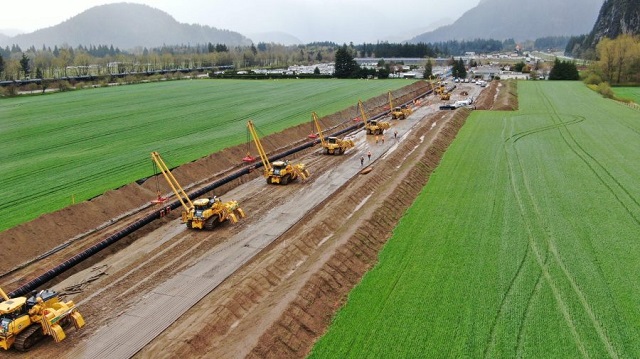
 Business23 hours ago
Business23 hours agoTrans Mountain executive says it’s time to fix the system, expand access, and think like a nation builder
-

 Economy2 days ago
Economy2 days agoIn his own words: Stunning Climate Change pivot from Bill Gates. Poverty and disease should be top concern.
-

 Business2 days ago
Business2 days agoPaying for Trudeau’s EV Gamble: Ottawa Bought Jobs That Disappeared
-

 Business2 days ago
Business2 days agoCBC uses tax dollars to hire more bureaucrats, fewer journalists
-

 International21 hours ago
International21 hours agoBiden’s Autopen Orders declared “null and void”
-
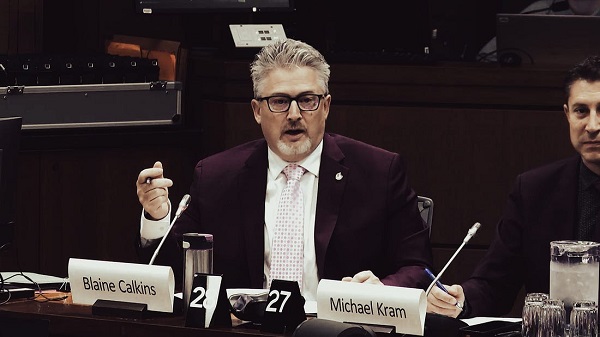
 National2 days ago
National2 days agoElection Officials Warn MPs: Canada’s Ballot System Is Being Exploited
-
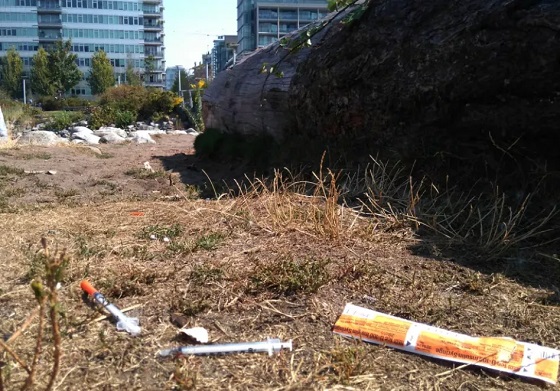
 Addictions2 days ago
Addictions2 days agoThe Shaky Science Behind Harm Reduction and Pediatric Gender Medicine





